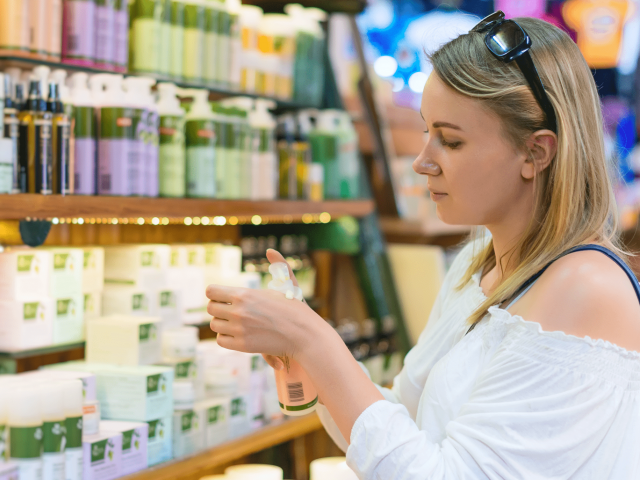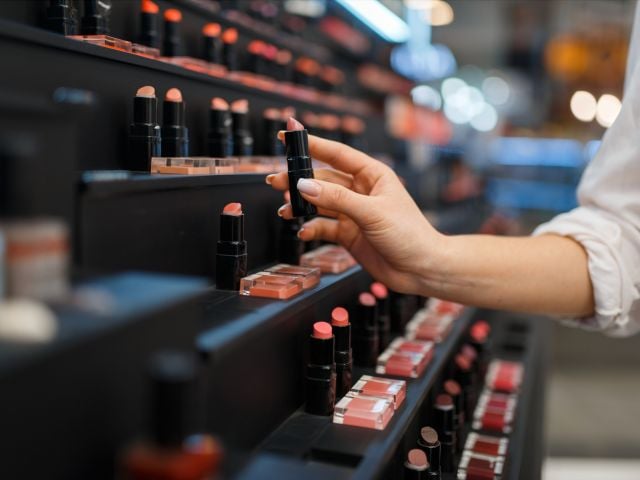
By Travis Mitchell, EWG Press Intern
Now that that you've taken our cosmetics safety quiz (you have, right?), you're ready to hear about THE DATA GAP. It's like this:
We think consumers deserve to know that the products and ingredients they use every day have been tested for safety.
Unfortunately, a lack of industry regulation has left customers in the dark about the safety of many of their personal care products.
Consider this: out of the 10,500 (!) unique ingredients found in our cosmetics, about 20 percent have been tested or analyzed by the U.S. Food and Drug Administration (FDA). In fact, the FDA has no authority or systematic process to review most cosmetic ingredients. This "data gap," as we call it, is a serious concern for consumers. Given that the average adult uses about 126 different chemicals a day in personal care products alone, it's important to recognize that the missing information and unknown implications of these ingredients mean potential health risks for consumers.
Thankfully, EWG's Skin Deep database picks up where industry and government leave off.
Along with assigning a hazard score (from 1 to 10) to each of the 53,000 (and growing) products and roughly 9,000 ingredients, EWG's product database also includes another number: the percent of ingredients for which there is no safety data, aka "the data gap." The higher this percentage, the less is known about the ingredients. While we can't fill this data gap, EWG can highlight the known facts, empowering consumers to make better choices with known hazard information.
Keep in mind that EWG doesn't consider the "data gap" when assigning the hazard levels of personal care products in Skin Deep. In fact, the two scores are separate from one another. So assessing a product based on hazard score alone doesn't give you a complete picture.
It's also important to realize that just because an ingredient is labeled as "natural" doesn't mean it's been tested for health effects. Ingredients such as pine, rosemary and sage are examples of ingredients with a Skin Deep rating of zero - with no safety data available.
So the next time you're using Skin Deep to find safer products, take a look at the amount of information available - and not available - on each ingredient and choose products with lower hazards scores and lower data gaps. That way you're making decisions based on data, not data gaps.
This is part of our "Not in My Cosmetics" series. You can catch the 1st one right here.



